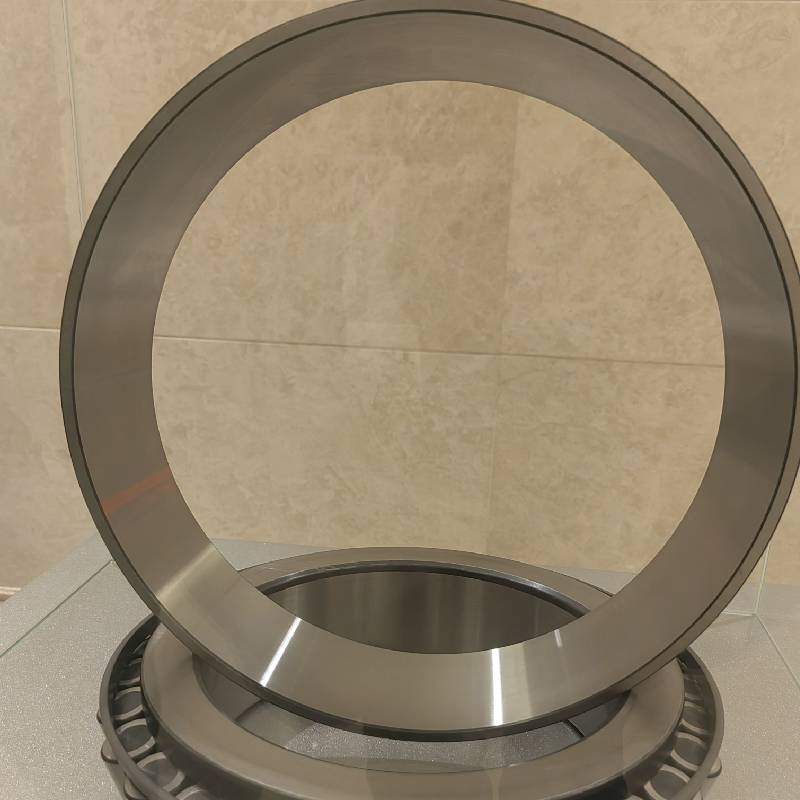
Jul . 27, 2024 08:25 Back to list
High Performance Bearing 6205 Designed for Enhanced Speed and Reliability in Various Applications
The Evolution and Significance of Bearing 6205 High Speed
Bearings play a crucial role in modern machinery, enabling smooth rotational or linear movement and reducing friction between moving parts. Among the many types of bearings available, the 6205 high-speed bearing stands out due to its unique design, versatile applications, and exceptional performance characteristics. Understanding its evolution, key features, and relevance in today's industrial landscape can provide valuable insights into its importance.
The Design and Specifications
The 6205 high-speed bearing is part of the deep groove ball bearing family, characterized by its simple construction and versatile functionality. Typically, it consists of an inner ring, an outer ring, balls (rolling elements), and a cage to separate the balls and maintain their alignment. The dimensions of the 6205 bearing are standardized, with an inner diameter of 25 mm, an outer diameter of 52 mm, and a width of 15 mm. This compact design allows it to fit in various applications, from electric motors to automotive components.
One of the defining features of the 6205 high-speed bearing is its ability to handle high rotational speeds while maintaining reliability and durability. The bearing is designed to operate effectively at speeds exceeding 15,000 RPM, making it suitable for high-speed applications. Additionally, the materials used—typically high-carbon chromium steel or stainless steel—enhance its strength and resistance to wear and corrosion.
Applications and Industries
The versatility of the 6205 high-speed bearing makes it a popular choice across various industries. Its primary applications include electric motors, power tools, pumps, and automotive machinery. In the automotive sector, these bearings are found in alternators, generators, and wheel hubs, where they help reduce friction and improve performance.
bearing 6205 high speed

Moreover, the rise of high-efficiency electric vehicles has increased the demand for high-speed bearings like the 6205. As automotive technologies evolve, incorporating lighter materials and enhancing energy efficiency has become paramount. High-speed bearings contribute to these advancements by minimizing energy losses and improving overall vehicle performance.
In the industrial sector, the 6205 bearing is commonly used in conveyor systems, robotics, and CNC machinery. These applications require precise movement and reliability, where the efficiency of the bearing directly impacts the performance and lifespan of the equipment.
Advantages and Performance
One of the most significant advantages of the 6205 high-speed bearing is its low friction coefficient. This characteristic enables machines to operate more efficiently, resulting in energy savings and reduced operational costs. The bearing's ability to function effectively under varying loads and speeds further enhances its value, making it a preferred choice for manufacturers and engineers.
Additionally, advancements in lubrication technology have improved the performance of high-speed bearings. Modern lubricants reduce friction even further and protect the bearing against contaminants and wear. These innovations ensure that the 6205 bearing maintains its performance over prolonged periods, which is crucial for industries where downtime can lead to significant losses.
Conclusion
The 6205 high-speed bearing exemplifies the importance of precision engineering in modern machinery. Its robust design, ability to handle high speeds, and wide range of applications highlight its significance in various industries. As technology continues to advance and the demand for efficiency and performance increases, bearings like the 6205 will remain essential components in ensuring the smooth operation of machines. Understanding its features and applications helps to appreciate the role of high-speed bearings in driving innovation and efficiency across the industrial landscape.
Latest news
-
common-failures-in-thrust-ball-bearings-and-solutions
NewsAug.22,2025
-
how-tapered-roller-bearings-can-take-shock-loads
NewsAug.22,2025
-
angular-bearings-in-high-precision-spindles
NewsAug.22,2025
-
the-impact-of-misalignment-on-cylindrical-roller-bearing-performance
NewsAug.22,2025
-
the-role-of-cage-design-in-deep-groove-ball-bearing-durability
NewsAug.22,2025
-
the-impact-of-material-quality-on-machinery-bearings-lifespan
NewsAug.22,2025
